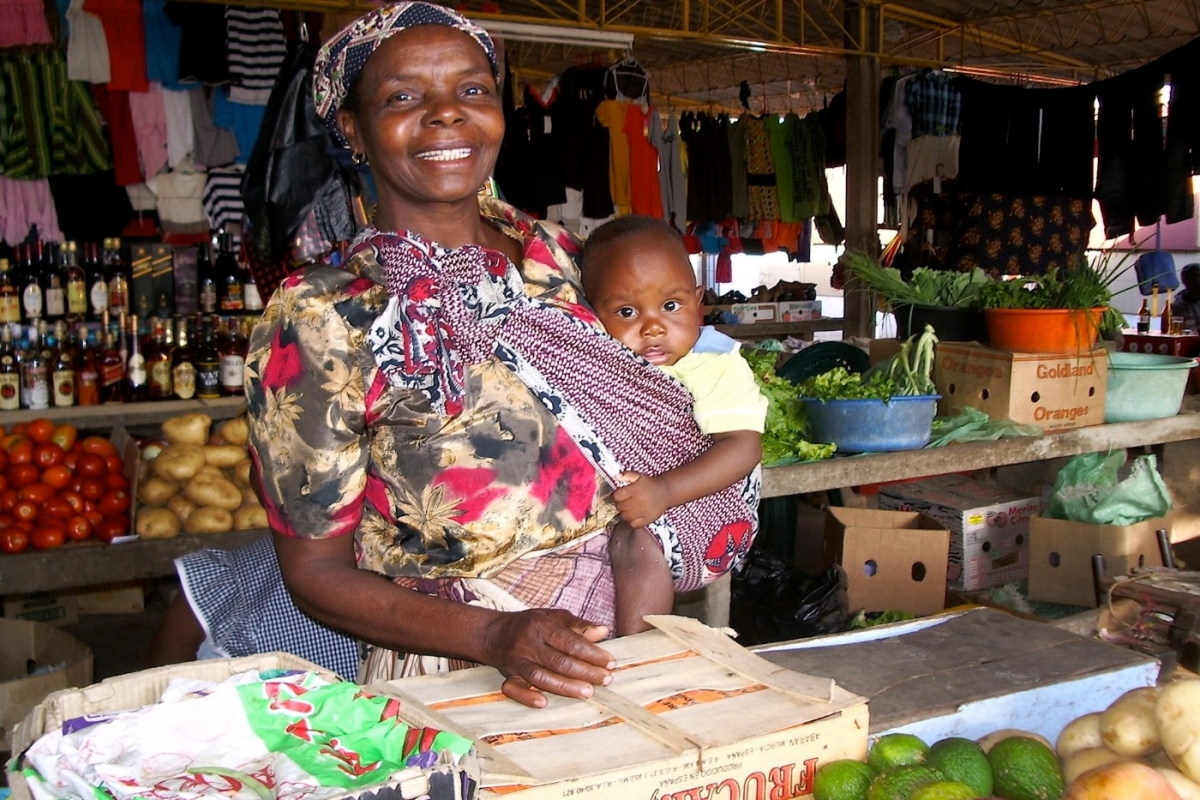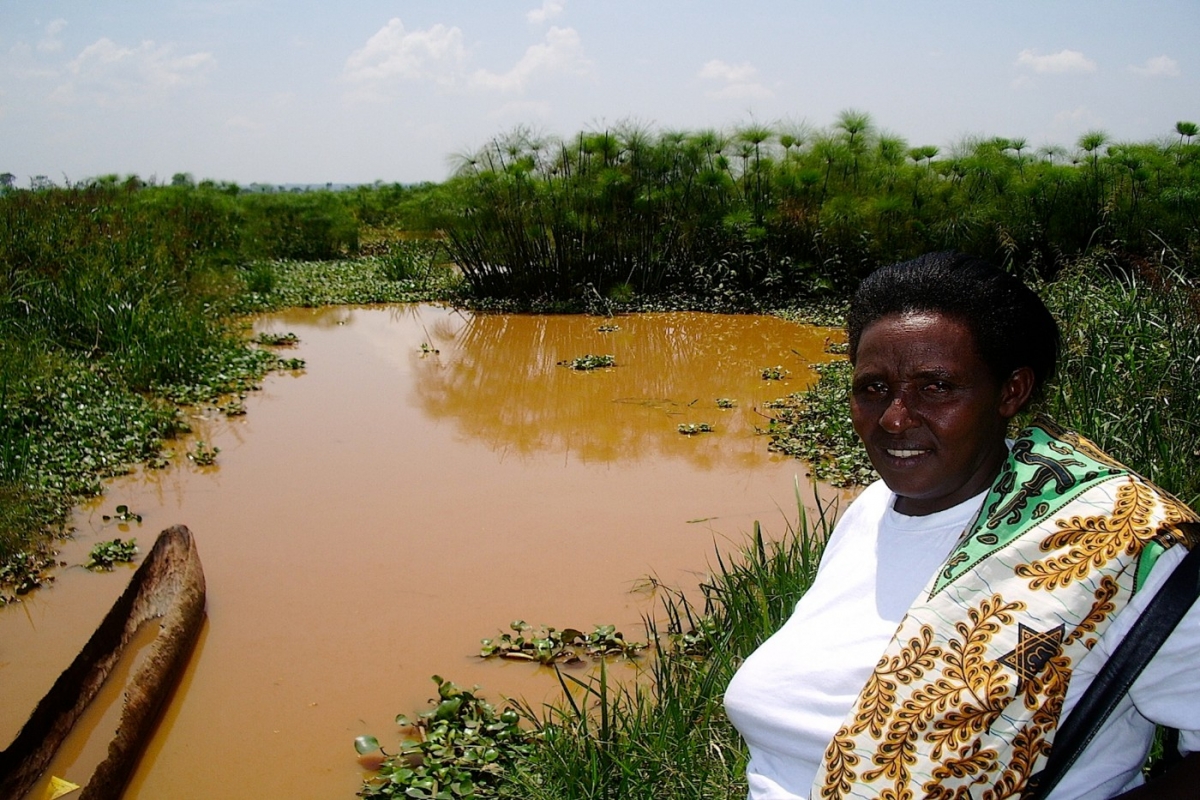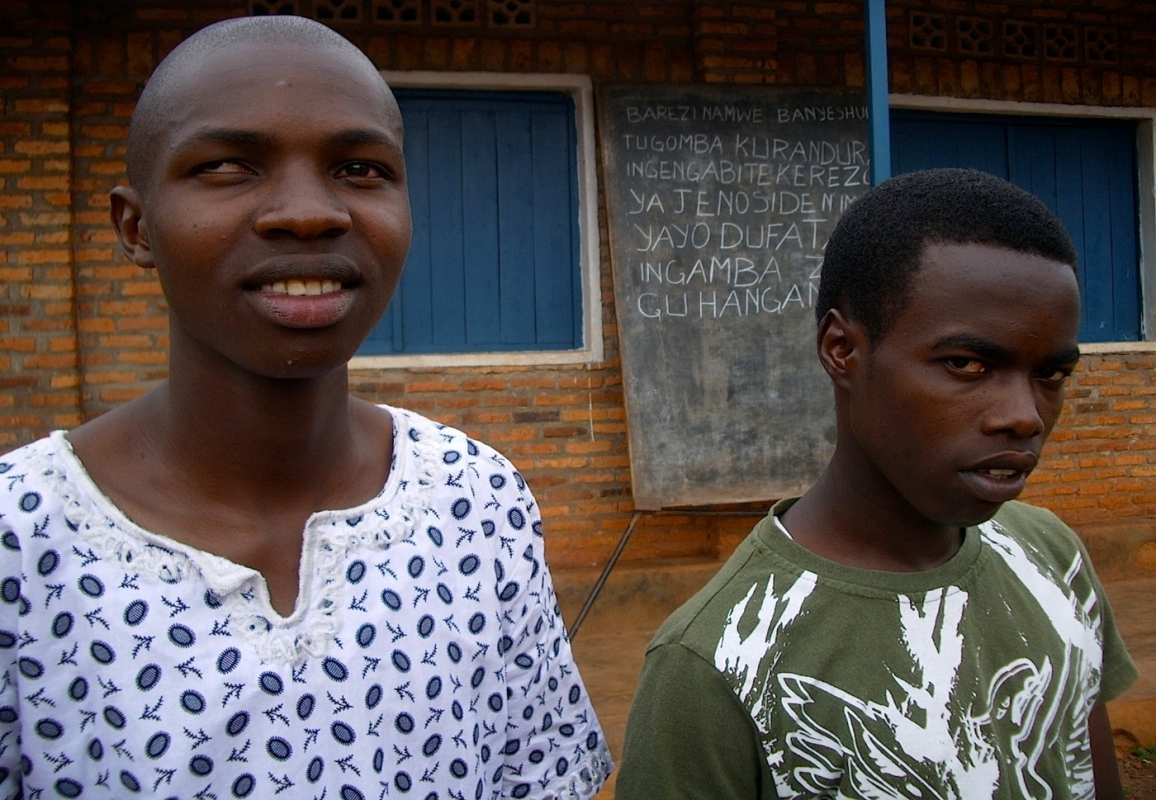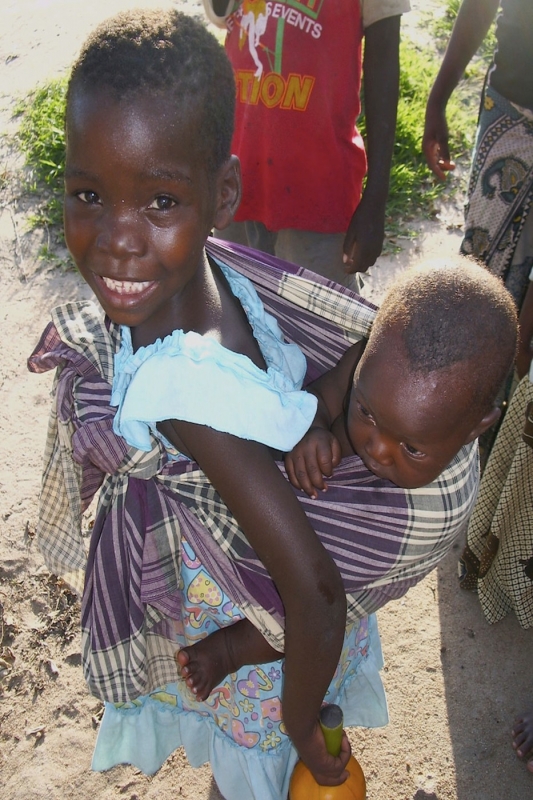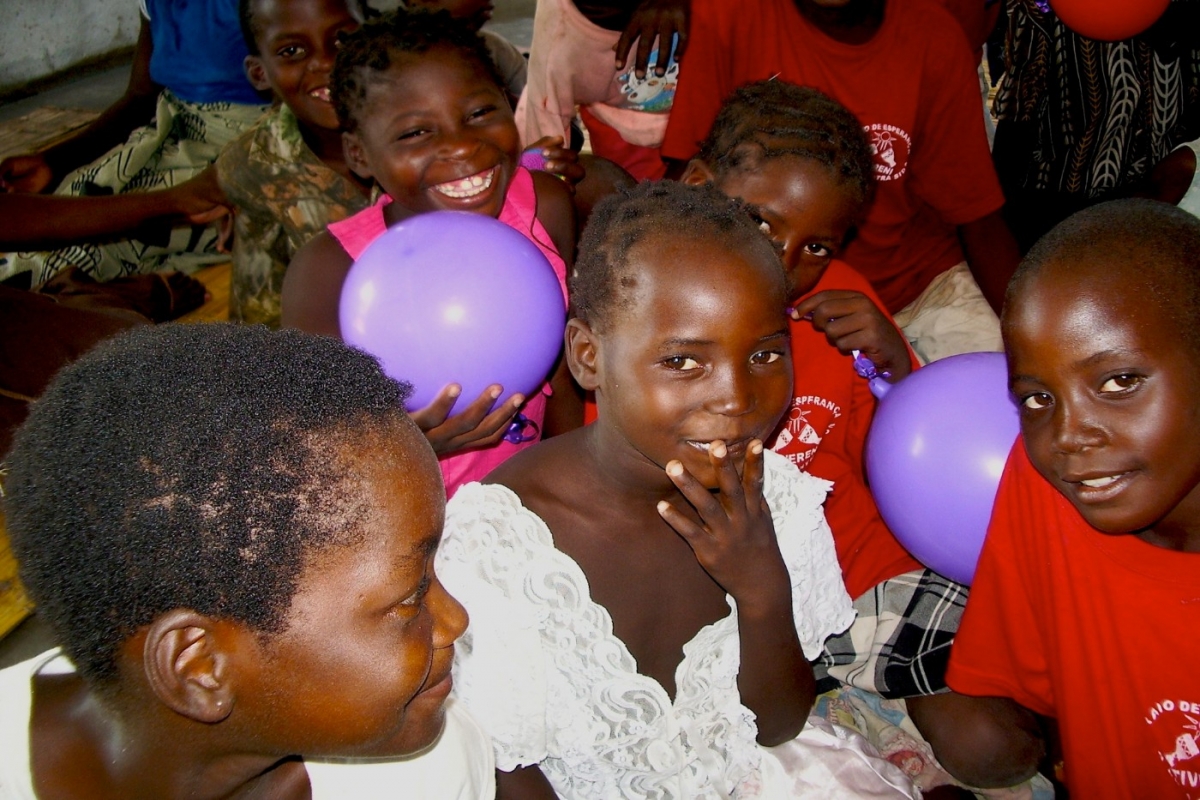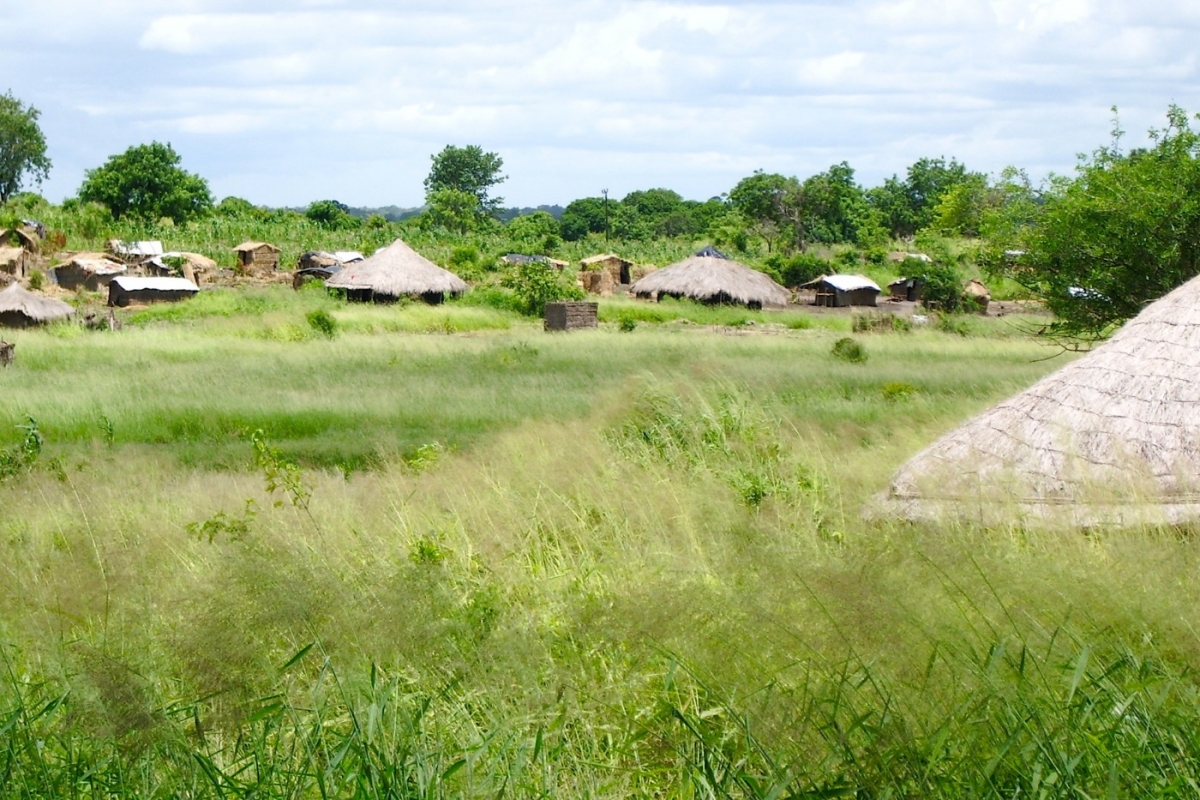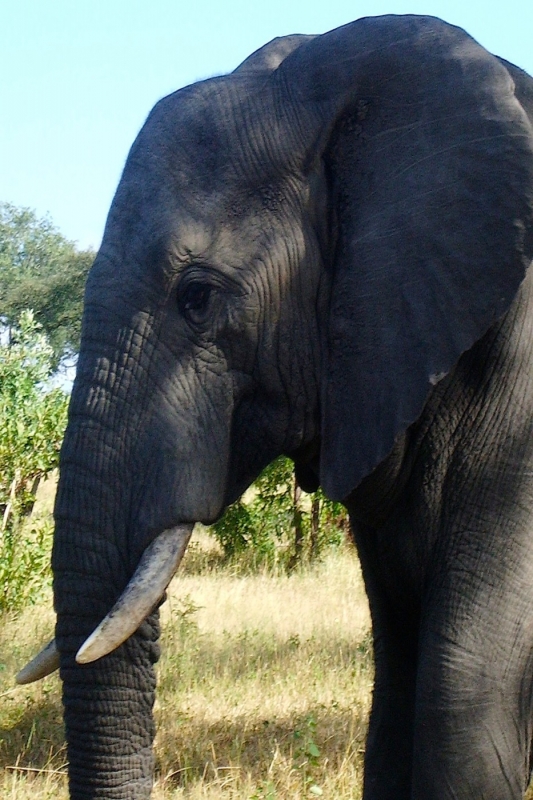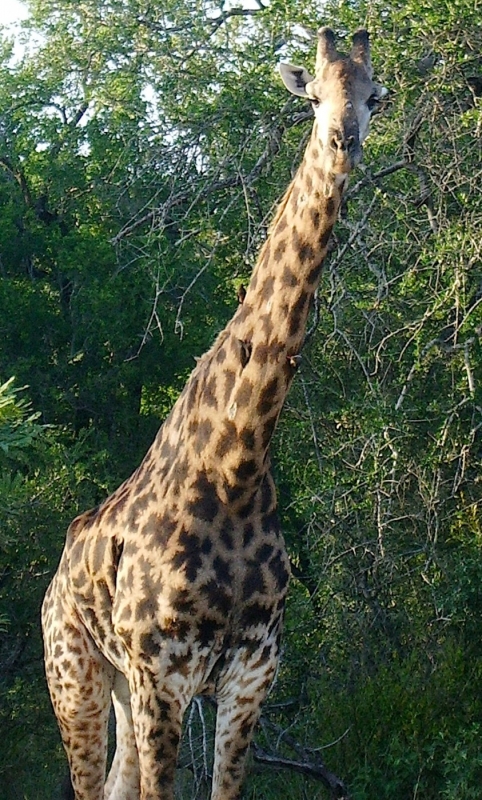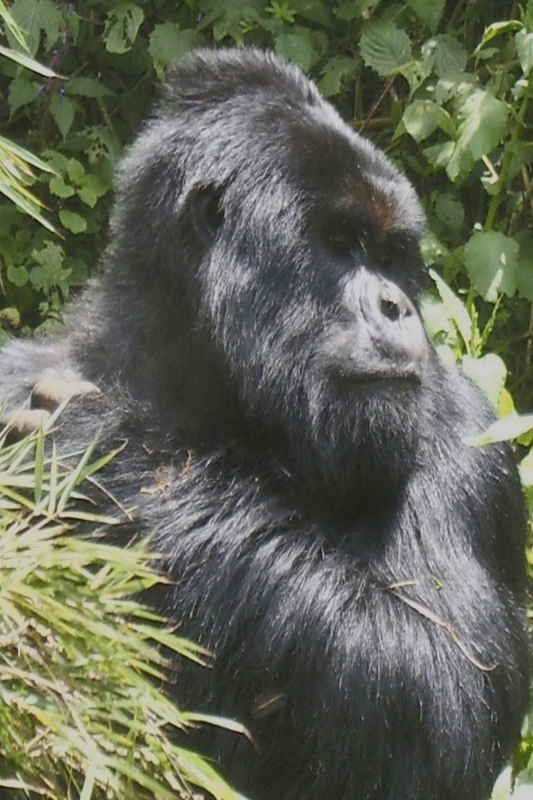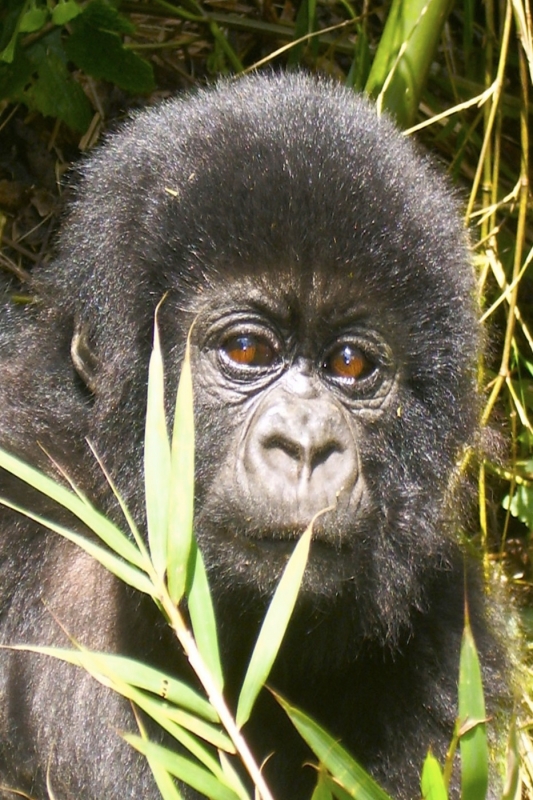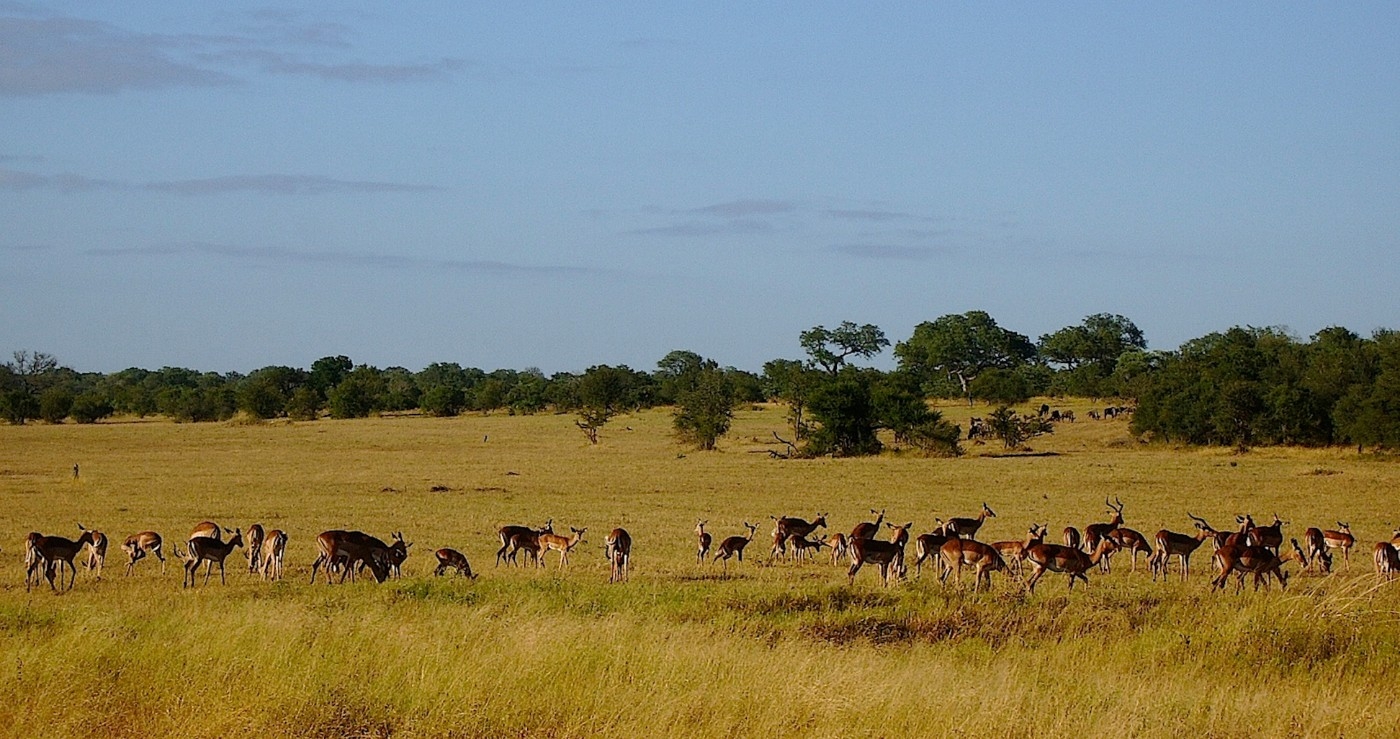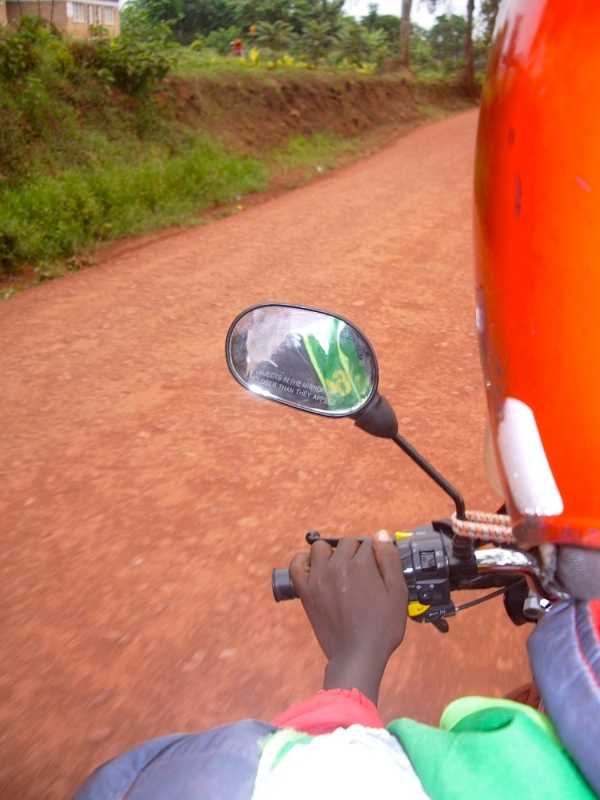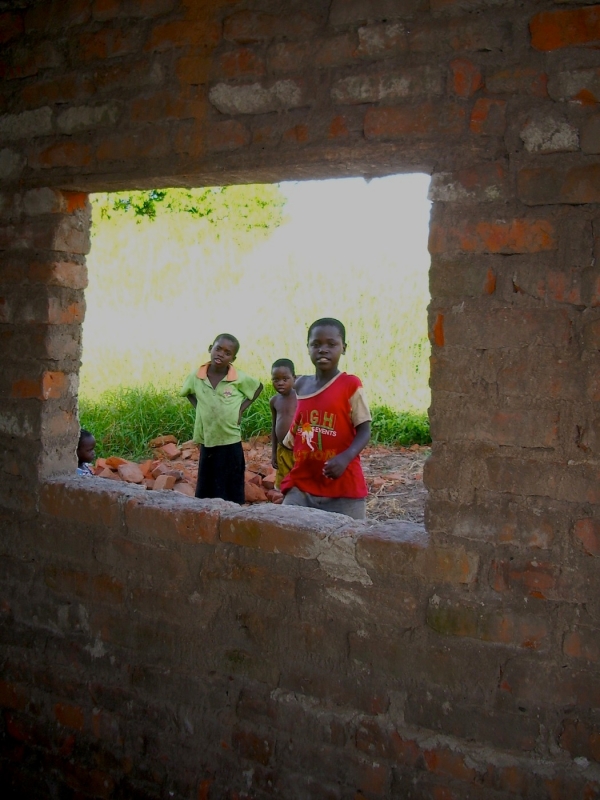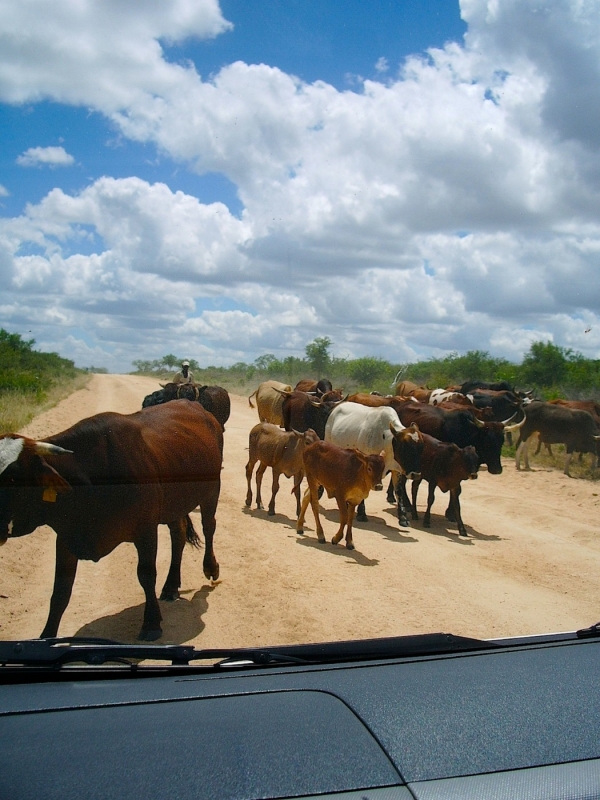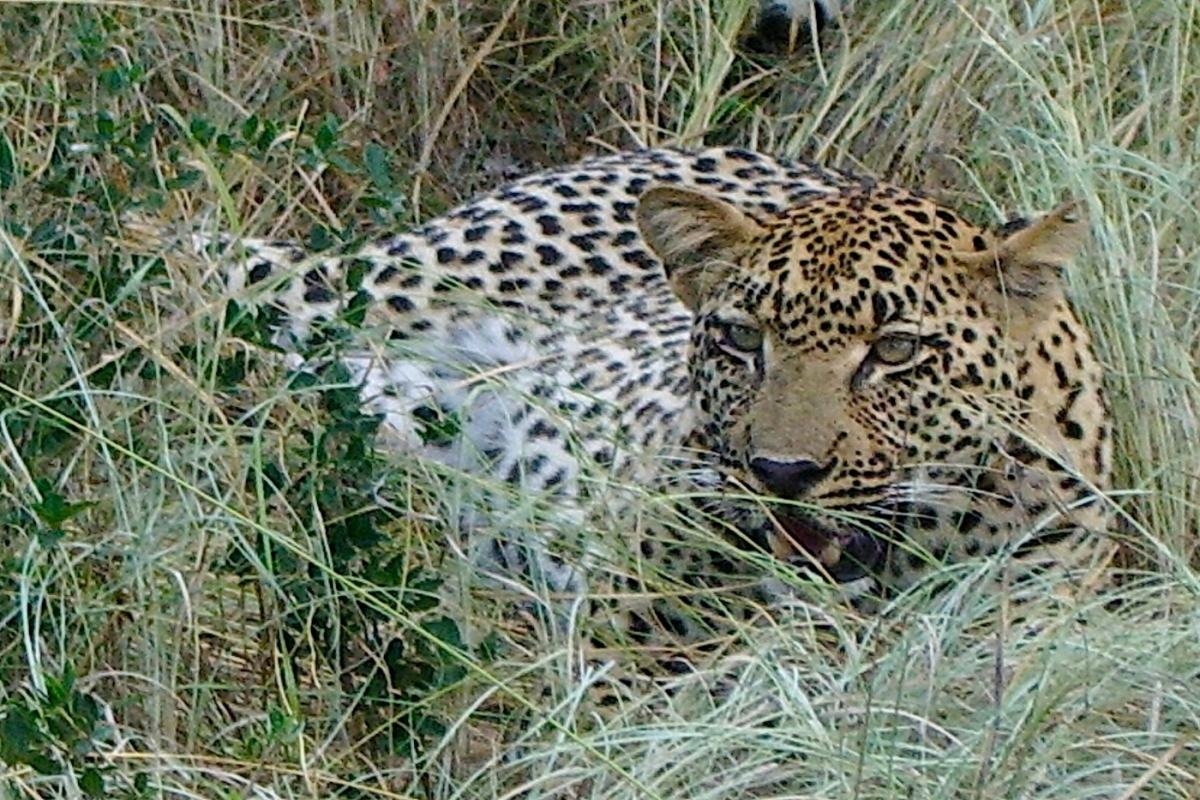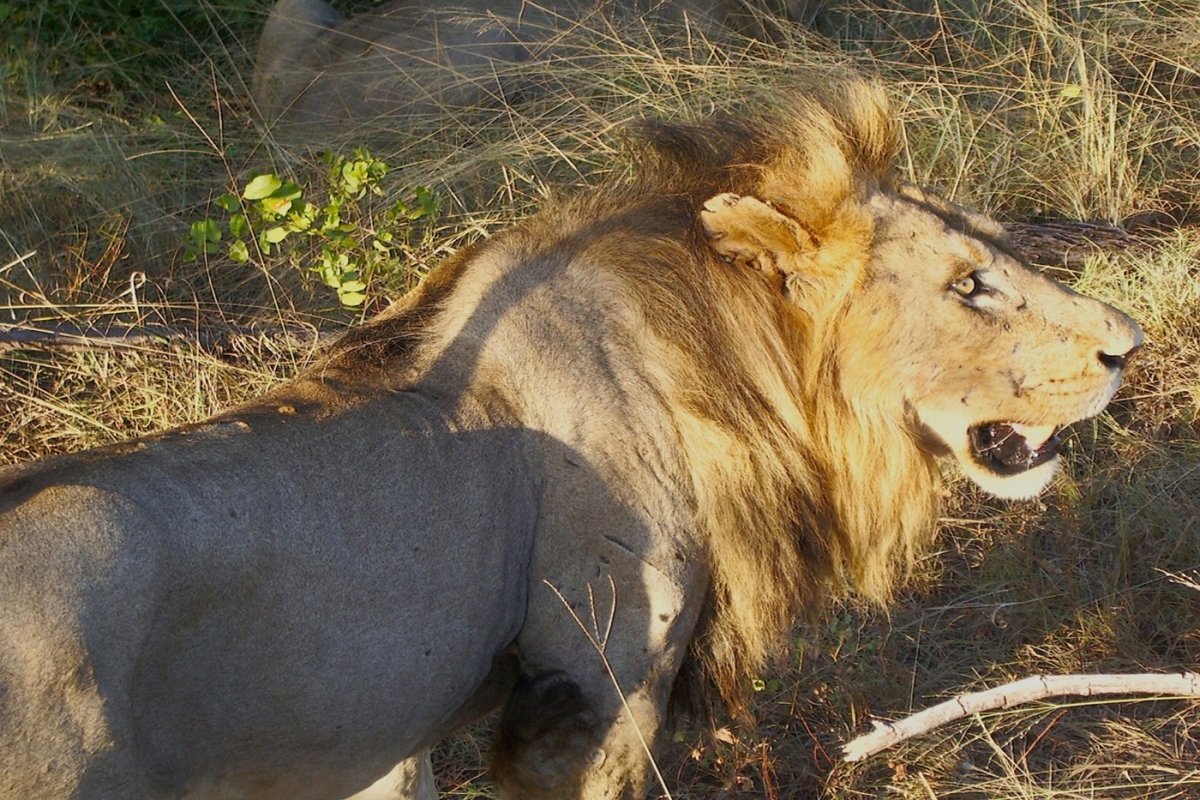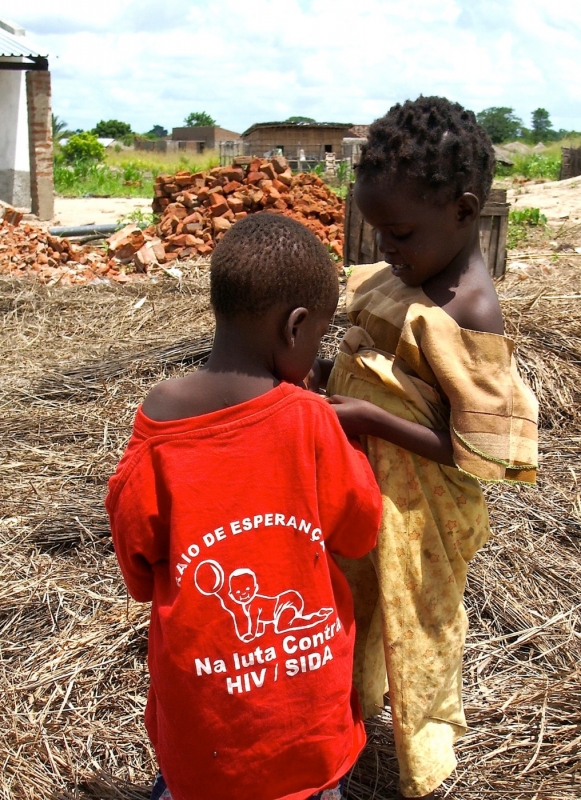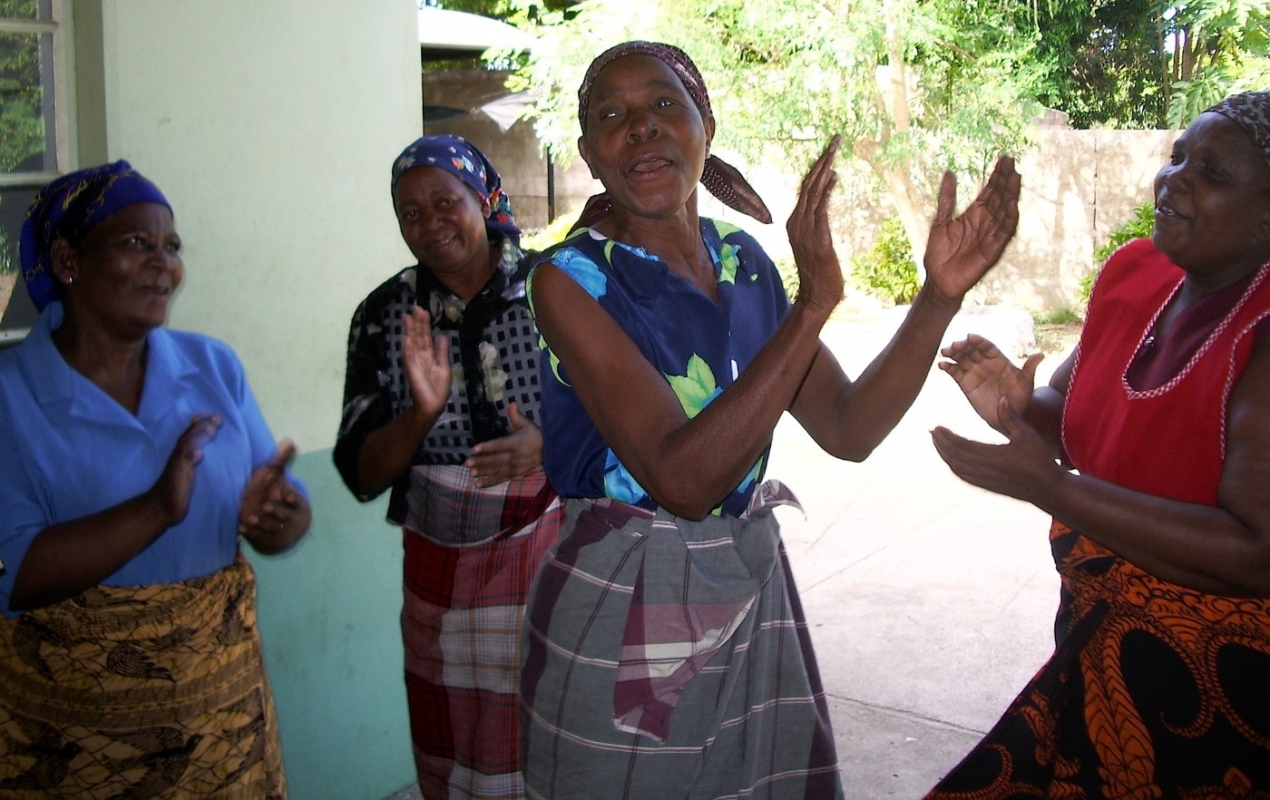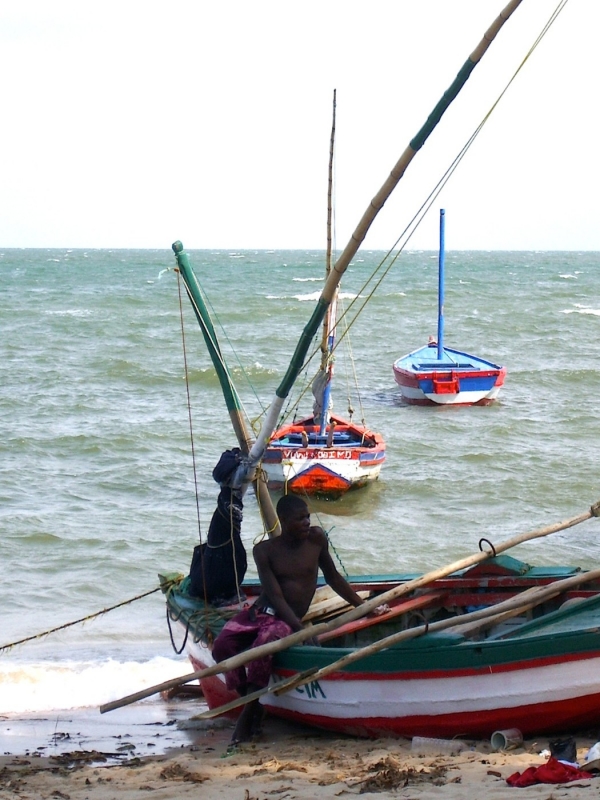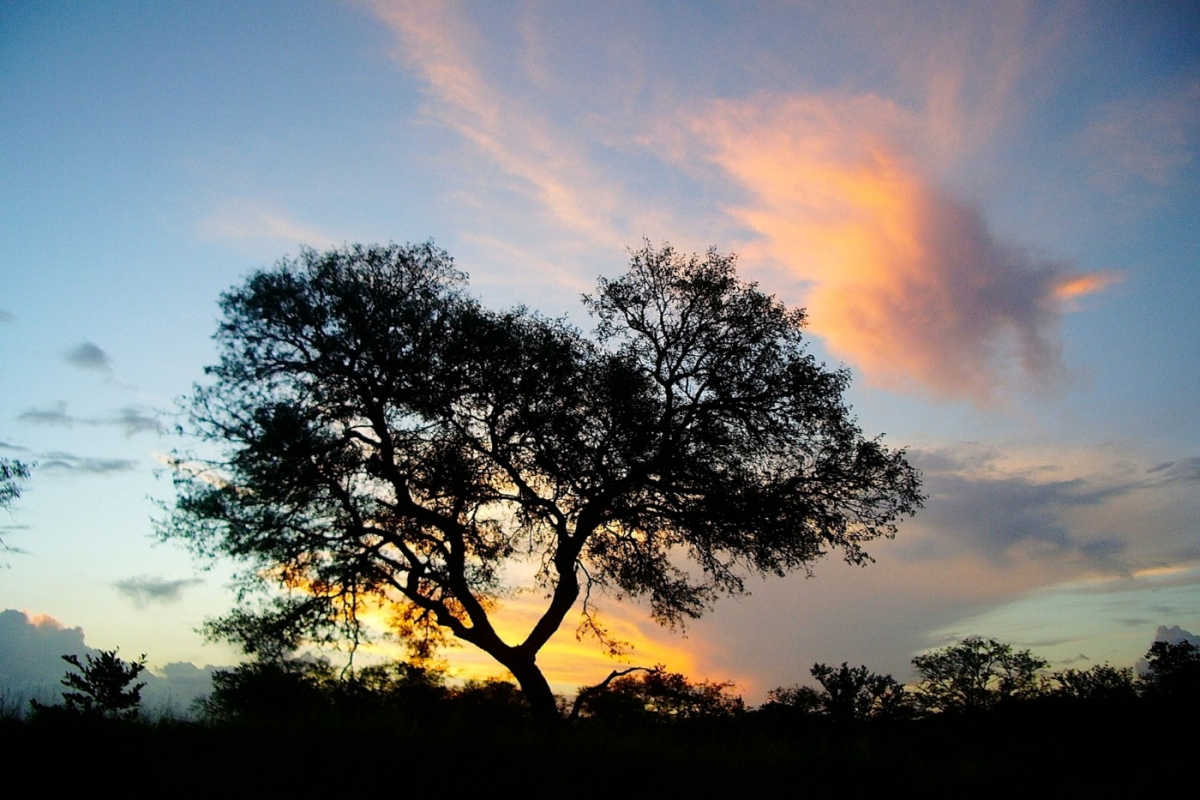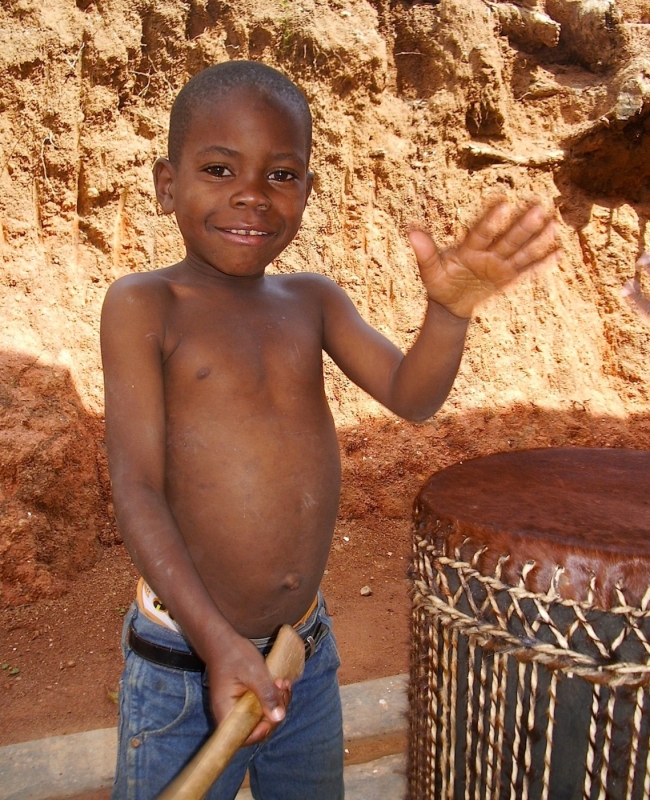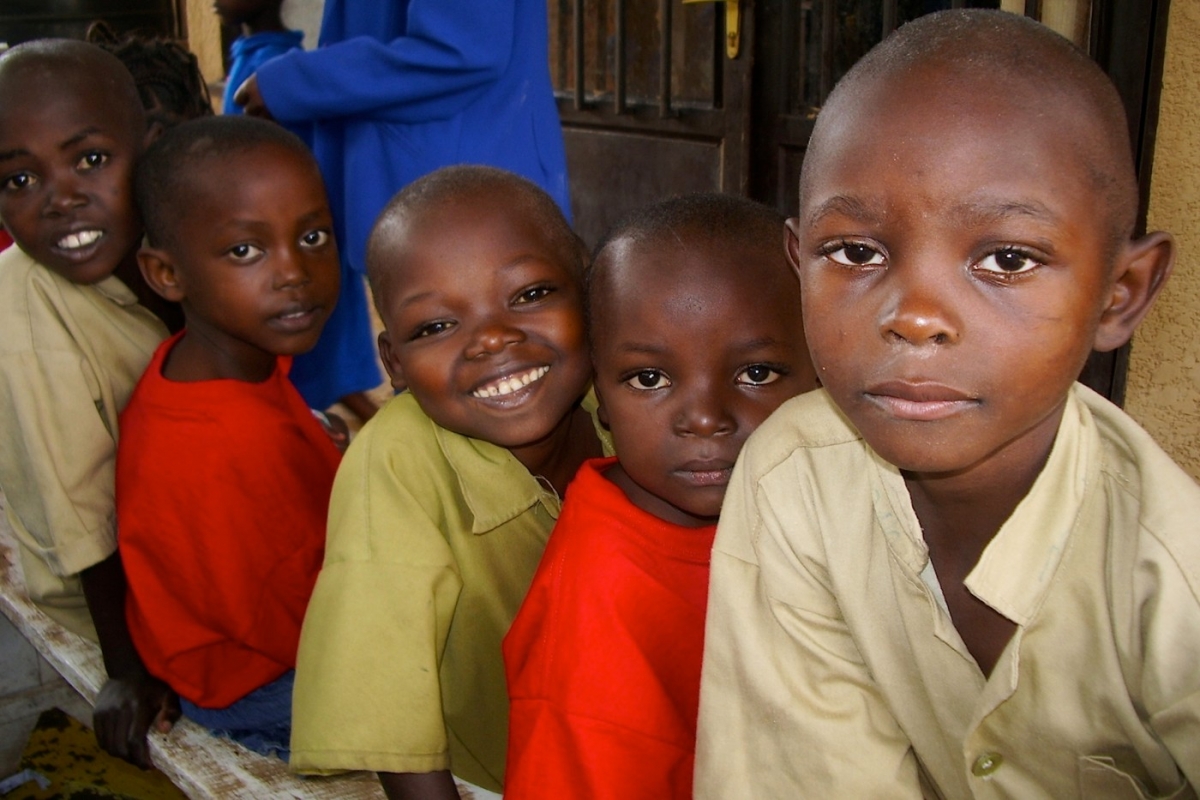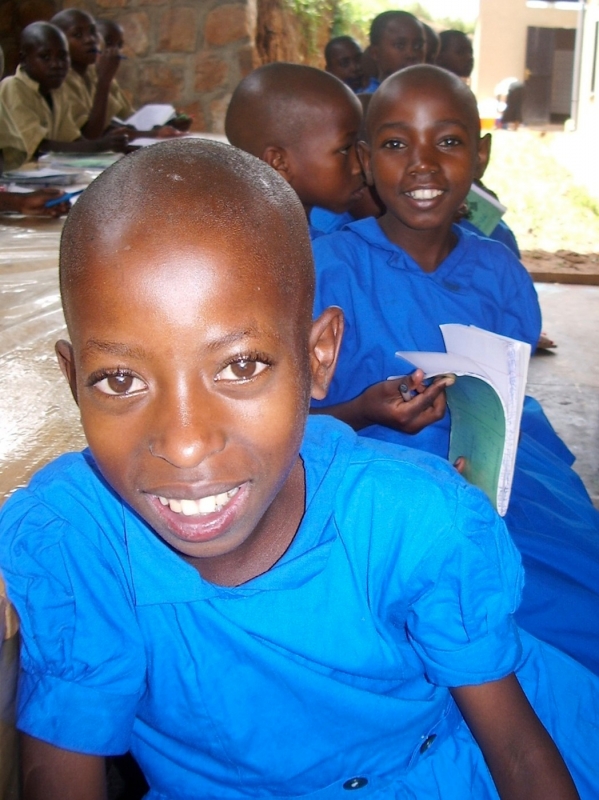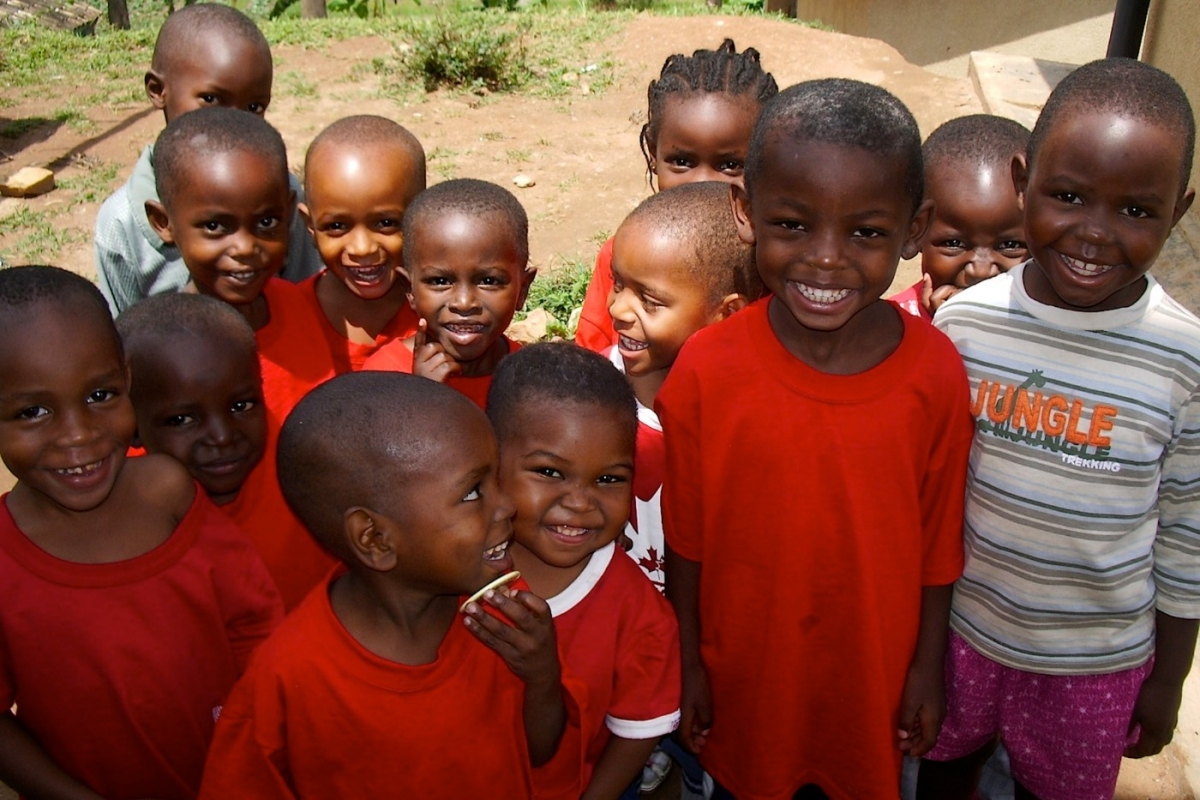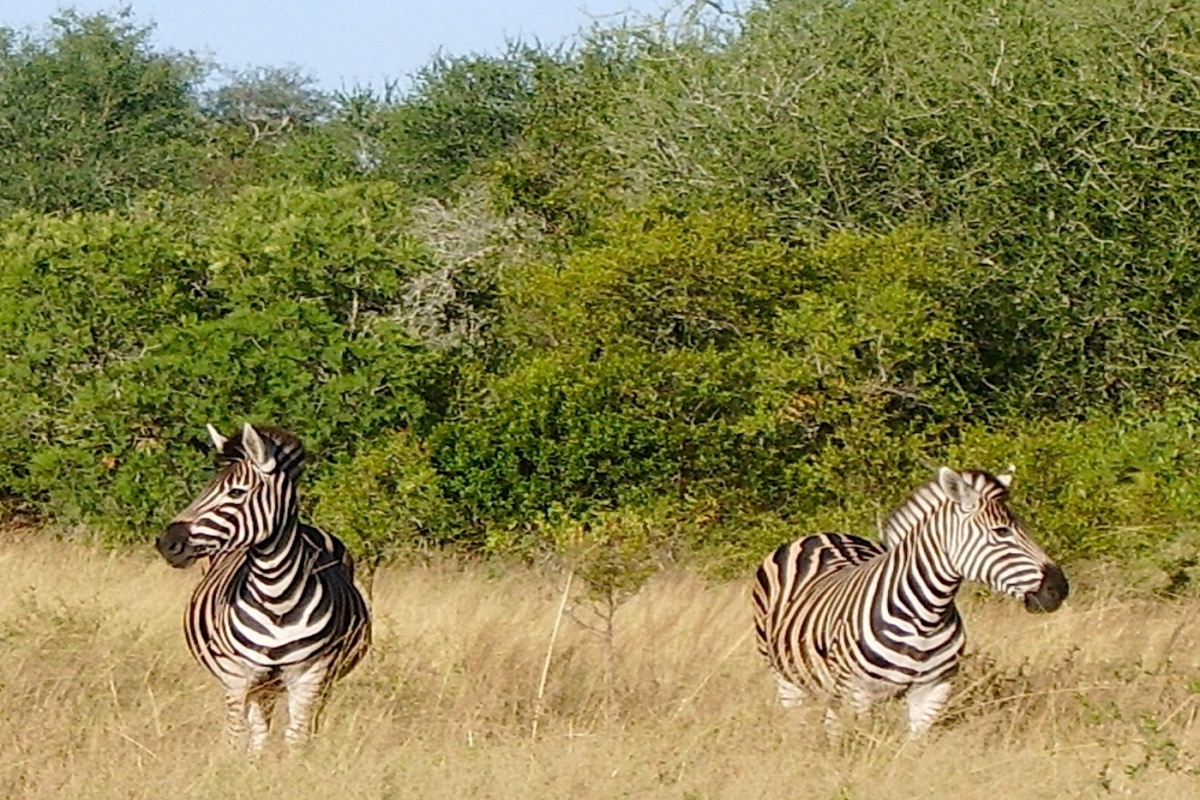Originally published in the Vancouver Province and Edmonton Journal, October 5, 2008
Almost an hour and a half of trekking through thick bamboo forest on the slippery slopes of central-African volcanoes had left us sweaty, dirty and anxious beyond belief.
We were searching for signs of Rwanda’s rare mountain gorilla — just 700 or so are left in the wild — in the country’s Volcanoes National Park, the near-mythical land of Gorillas in the Mist. And with every muddy step and thin-air breath we wondered when we would be in their midst.
Then, with a switch of the underbrush, our guide opened a clearing in the forest and pulled back a curtain on another world. There they were just a few feet away — a family of wild mountain gorillas lounging in the greenery and calmly looking back at us.
It was like stepping back in time. We were breathless: full of fear, awe and disbelief. Some scrambled for cameras. Others froze. Coming face to face with animals so like us — gorillas and humans share 98 per cent of the same genetics — was both beautiful and terrifying. But mostly unforgettable.
The mountain gorilla is one of the two most endangered apes in the world (along with the Cross River Gorilla in Nigeria and Cameroon). Recent 2007 estimates put their number at 720 animals split between Rwanda and the Democratic Republic of Congo in the Virunga Massif mountain range and in the Bwindi Impenetrable Forest in Uganda.
Rwanda’s Volcanoes National Park is 160 square kilometers of protected bamboo and alpine forest on the slopes of five inactive volcanoes. The terrain is rugged: Rwanda’s highest peak, Mount Karisimbi, measures 4,507 metres.
The gorillas’ habitat has made their conservation a challenge. The region has a history of civil war — from the 1994 Rwandan genocide, to the rebel conflict that still rages in the DRC. Rangers, tourists and conservationists have been killed.
Poachers have targeted the apes and sold babies to zoos (they inevitably die; there are no mountain gorillas in captivity), taken hands and feet as trophies to tourists, and slaughtered gorillas for bush meat.
That there are gorillas here at all today is thanks to American primatologist Dian Fossey, who studied the mountain apes for 20 years and launched campaigns against poachers that ended in her murder in 1985. Poaching was more severe through the 1970s and 1980s, but its still a problem — seven gorillas were killed in 2007.
Locals hunting other animals can still injure and maim gorillas who stumble into snares. Park staffdestroy more than a thousand snares a year. Other gorillas suffer diseases like measles and flu: exposure to humans is likely to blame.
In Rwanda, a tiny, land-locked country half the size of Switzerland that supports 10 million people — more than 400 people per square- kilometre — there is another challenge: intense pressure to turn the park into farmland. Already, at the base of the volcanoes, potato plants and pyrethrum flowers are grown.
And yet, the gorilla population is surviving, in recent years, even climbing 10 per cent. The gorillas’ saving grace is tourism. In 2007, 15,000 travellers spent an estimated $7.5 million on trekking permits alone, making it one of the country’s major industries.
It’s easy to see the attraction. These gentle giants — herbivores who eat 15 per cent of their body weight in plants every day — seem remarkably human. They live in family groups headed by a mature male silverback (who can weigh up to 230 kilograms), one or more mature females and a number of juvenile females, males (called black backs) and infants. Researchers tell them apart by their nose ridges: as distinct as human fingerprints. These gentle animals maintain complex social networks as they range through the forest, feeding, playing breeding and sleeping in nests of foliage each night.
About a third of these endangered gorillas live in Rwanda’s preserve. Here, eight groups are habituated to tourists and another four reserved for scientific study — about 230 habituated animals in all, plus another hundred or so unhabituated animals.
Getting to the gorillas is an adventure in itself. The two- hour drive from the central capital of Kigali is breathtaking. Many sleep there and rise in the early hours of morning to get to the Virungas by 7 a.m. But a daylight drive rewards with spectacular views of lush, farm-quilted hillsides, impossibly-perched ridge-top farms, and dramatic valleys filled with banana trees.
We rolled into the nearest town, Ruhengeri (now renamed Musanze) in the afternoon. It’s Africa’s version of a Western movie-set frontier town: low one- and two-storey shops laid out on a simple grid of dusty roads. Ruhengeri is laid back, cool (at 1,700-metres above sea level, there is mist in the mornings), and small enough to see in a half-hour wander through the streets and markets before dinner.
Travellers have two options here: travel close to the ground like the locals or head for high-end tourist lodges. At the centre of town near the open-air market is the Urumuli Guest House with spartan rooms that cost just $12. For that price, it’s bring-your-own mosquito net, but rooms include indoor plumbing and cold-water showers. There are bottles of cold Primus or Mutzig (Rwanda’s national beers) and goat brochettes (a ubiquitous Rwandan dish) at the hotel restaurant.
For luxury, try the Hotel Muhabura (hot baths, hotel bar, continental restaurant) on the outskirts of town. Or check in to one of the game lodges near Kinigi. There’s the Volcanoes Virunga Lodge, a luxe eco-lodge with panoramic views; Mountain Gorilla’s Nest, with golf and TV; and Kinigi Guest House, a women’s charity-run compound with a view of the volcanoes.
At six in the morning a hired truck (a 4×4 is a must) picks us up for the 30-minute drive to Kinigi and the Volcanoes National Park head- quarters. The rocky, rutted roads threw us about like an amusement- park ride. It was an unsettling beginning. When the engine died about a kilometre from the park we were hardly surprised. We walked the rest of the way in the cool morning air, passing isolated, run-down farms and makeshift huts.
Rwanda’s remote rural north was much poorer than other parts of the country. All along the red-dirt roads, children came running in bare feet and torn clothes, waving hand-drawn pictures of mountain gorillas to sell as survival souvenirs. It was a heart-breaking reminder of how few tourist dollars generated by the gorillas trickle down to the locals. (The government donates a percentage of profits to local development, but you’d be hard-pressed to see it here.) On our walk, a few local boys joined us, begging farangas (money) and pens. We’d left for the trek with little. It was hard to say no.
The gorillas are the main attraction in this “land of a thousand hills,” but they are not the only one. The troubled times that culminated in the 1994 genocide of an estimated 800,000 to one million Tutsis and moderate Hutus are long over. Rwanda is very safe for foreigners, though the many genocide memorials provide a haunting reminder to never forget the atrocities. Westerners will find a warm welcome in this French, English and Kinyarwandan-speaking nation. Increasingly, instead of flying in and out to see gorillas, tourists are staying to explore. Near the Virungas region there are multi-day volcano hikes, endangered golden monkey treks, and tours of lakes and villages on offer.
In other parts of the country — nowhere is further than a half-days’ drive here — there are game parks, nature reserves, vibrant cities, and beaches.
To the south of the Virungas is the lakeside town of Gisenyi on the picturesque Lake Kivu, where wealthy Rwandans go to holiday and relax on sandy beaches.
Farther south, Nyungwe National Park, a thousand-square-kilometre preserve of montane rainforest, lures tourists with 275 species of birds and 13 species of primates, including rare owl-faced monkeys, colobus monkeys and chimpanzees.
Kigali (population one million) is a clean and safe city spread out scenically over several hills, with a small international airport, good restaurants, craft markets, upscale hotels and tourist infrastructure — even a new air-conditioned mall downtown complete with a wireless coffee shop.
To the east lies the country’s game reserve, Akagera National Park. Once all but empty of animals due to the war, the 2,500-square-kilometre park, now offers a chance to see elephants, giraffes, hippos, buffalo, zebras and antelope.
But then few animal encounters can compare to coming face to face in a forest with of one of man’s closest relatives.
We had just an hour with the gorillas. But it was magical. It felt like walking into a family’s living room. A mother and baby cuddled. A juvenile stood and twined its arm in a tree. Another swung gleefully around a tree branch.
The guides made low growls, submissive noises to calm the watchful silverback male who looked on. As he neared, the air filled with the sharp acidic musk smell that signals his dominance. At one point this silverback and a large juvenile brushed by us within an arm’s length as they moved to a shadier spot to chew bamboo shoots and mountain celery.
We were told to keep seven metres away. But a playful youngster crept ever-closer, swiping its hand on our backs and swatting cameras out of our grasp. The pictures we returned with capture these animals in all their glory. But they don’t capture the sense of wonder they inspired.
Elaine O’Connor tells travel tales at Whywanderlust.ca and on Twitter @WhyWanderlust.
If you go:
- Only a few people a day are allowed to visit the gorillas, which is why it’s crucial to book your permit as early as possible. Contact the Rwanda Tourism Board, known by the French acronym (ORTPN) in advance to secure permits. Boulevard de la Revolution No.1, PO Box 905 Kigali, Rwanda. reservation@rwandatourism.com.
- In 2005, Rwanda launched a yearly naming ceremony for two-year-old baby gorillas called Kwita Izina that takes place each June.
- Rwanda has made great strides but it is still a Third World country and many of its people are needy. To help ensure your tourist dollars go back into the pockets of nationals, you can support local, sustainable projects when you travel.
- The Kinigi Guest House is run by ASOFERWA, a charity that helps women and children affected by the genocide and puts profits toward their work.
- Nyabigoma Village is a new Ruhengeri-area attraction established by Rwanda Eco-Tours where visitors can tour the village, visit nearby caves, drop in on a traditional healer, help women grind flour and view local art. Some of the villagers used to poach; now profits from this new venture support them through tourism.
- Craft co-operative Fecar Ingan- zo, which sells the fair-trade wares of artisans from a dozen local districts and trains them in marketing and business, has a workshop located just outside Ruhengeri.
- To learn more about the country, go to: Rwanda Tourist Board.
The Goods on Gorillas:
To learn more about the gorillas:
- The Dian Fossey Gorilla Fund International
- The Dian Fossey Conservation Program
- The International Gorilla Conservation Program
- The Mountain Gorilla Veterinary Project
- The Great Apes Survival Project
A few phrases for getting by in Kinyarwanda:
- Hello: Muraho
- Goodbye: Murabeho
- How are you: Amakuru?
- I’m fine: Ni Meza
- Yes: Yego
- No: Oya
- Please: Mubishoboye
- Thank you: Murakoze

I’m a different kind of travel writer. I craft long-form, cover-worthy feature-length travel articles with style and substance. I tell travellers not just what to do, but why. Find out how to work with me.


